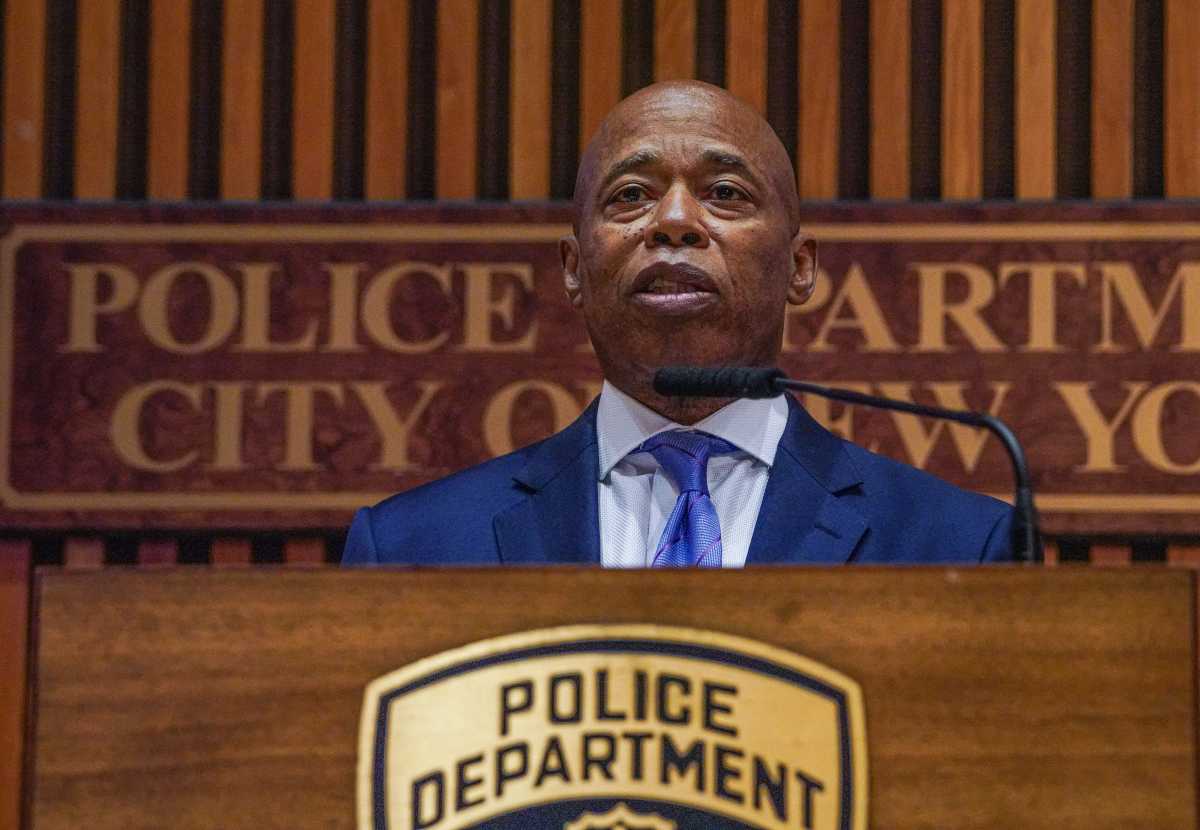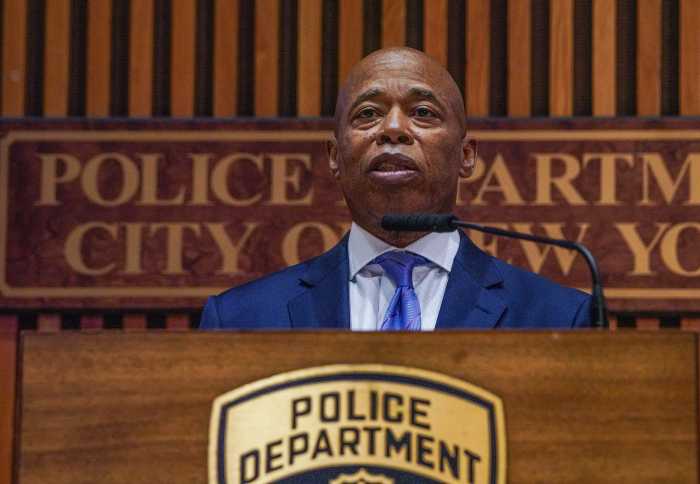By William Lewis
In New York City politics, the state Assembly district seems to be the key element on which much of the local political organization is based. The importance of the Assembly district leader comes into being in the 1870s, especially in Manhattan with the citywide Democratic Party.
At that time, a district leader was chosen by members of the party county committee from each Assembly district. The district leaders became members of the political party executive committee. The district leaders and the political party county officers set policy.
This system of establishing party organization structure spread to most political parties. Today, this system prevails in Queens in all Assembly districts. The Democratic Party has had its districts organized into Parts A and B with male and female leaders in each part.
The Republican Party for each Assembly district has two district leaders, male and female. In the Conservative Party, there is a system of district leader and associate district leader. The Independence Party does not have any district leaders. It has indicated opposition to the present political system as it stands.
In past years, most political party county chairmen were district leaders before they became county chairmen. The district leader is the key contact at the grassroots level. It is they who are organizing political clubs and they are instrumental in choosing candidates to run for public office. They constantly work on getting their voters out during political campaigns. District leaders also assist in fund-raising efforts.
Up until the 1950s, district leaders were chosen by members of the county committee from their district. During the 1950s, district leaders could be challenged in party primary elections. This meant that in addition to all their other duties, district leaders had to face possible election primary challenges.
It was in 1961 that the Democratic Party in New York City, especially in Manhattan under the leadership of Carmine DeSapio, faced a challenge from an insurgent group called Reformers.
The Manhattan Democratic Party had written in its county bylaws that a county chairman had to maintain his district leadership to continue as county chairman. That year, the Reformers won decisive victories, especially in district leadership primaries. DeSapio at the time was considered the leader of Tammany Hall, in addition to leading the citywide Democratic Party.
The Reformers, in winning a majority of the district leadership primaries, took over the city Democratic Party. DeSapio, after losing his district leadership primary, also lost his county leadership.
It is interesting to note that in 1961, had there been no district leadership primaries, the regular organization would not have been overthrown.
The role of district leaders has been important in running city politics. Many district leaders have become county officers and have also run for public office.
This year, with all campaigns for citywide officers in effect, district leaders are active. For the most part it has proven to be an effective system.
Petitions are being filed. How well candidates have done will tell how well they may do in the primary and general elections.
































